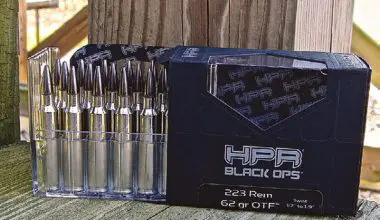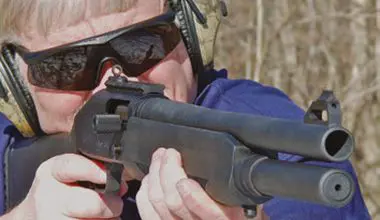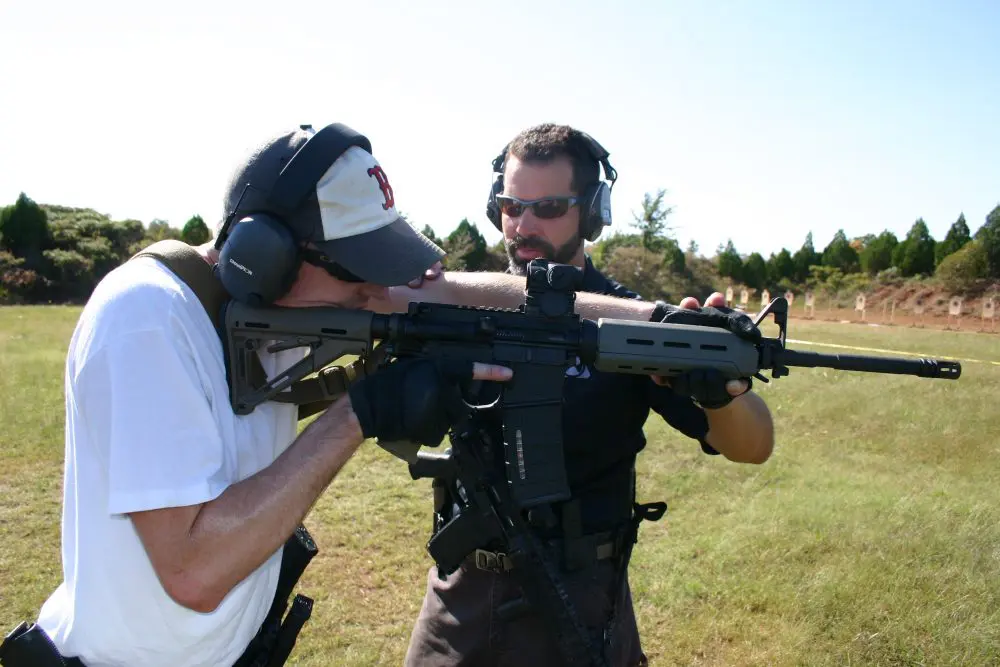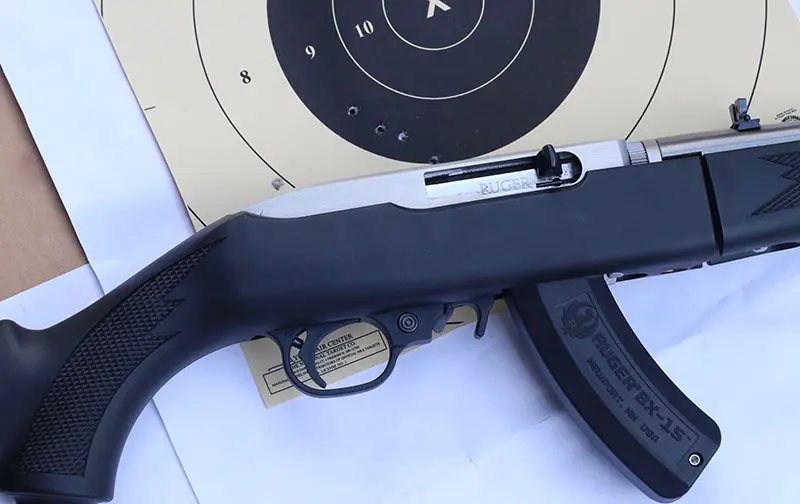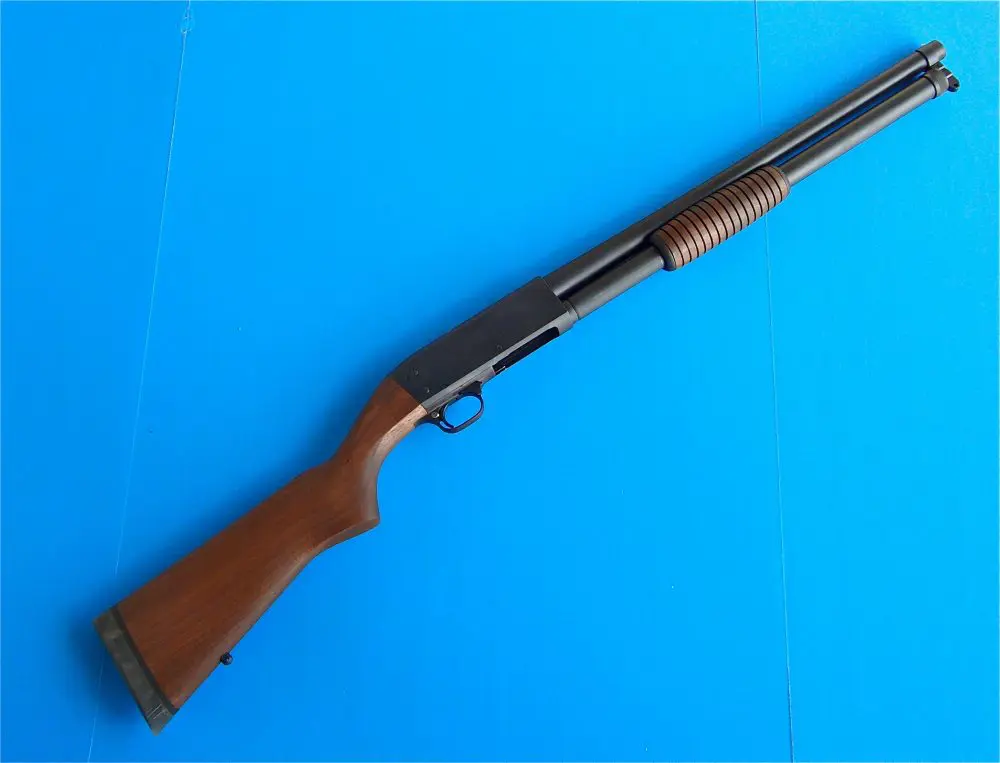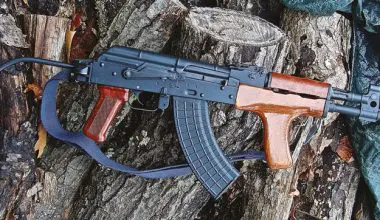I’VE read numerous times about the Heckler & Koch MP5 being an example of German firearms excellence. I certainly don’t dispute that. The MP5 has justifiably become the most popular SMG in the world.
But it’s easy to forget that a substantial portion of the MP5s on issue around the world aren’t German. I first realized this when I was at a training exercise with various local law enforcement agencies. Of the dozen or so MP5s present, only about half were German.
One Class III dealer here in St. Louis had sold Greek or Pakistani MP5s to agencies looking for an SMG bargain. As far as I remember, all the MP5s were reliable—German and non-German.
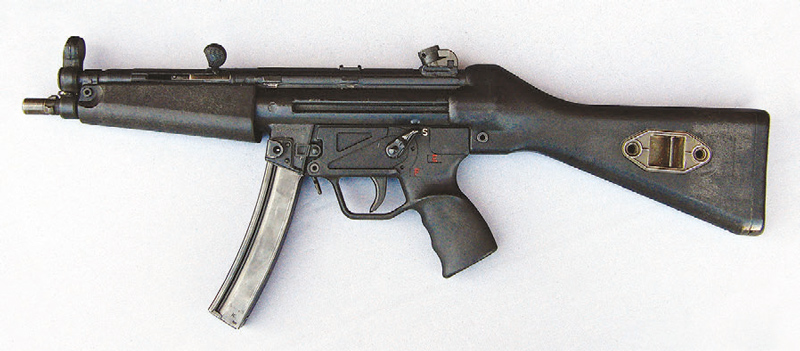
Having said that, I’m a purist and like my MP5s to have been made in Germany, but I have used those that weren’t and found them more than adequate. As a result, I think it’s worth giving an overview of the foreign MP5s. Among the countries that have produced MP5s are Greece, Pakistan, Turkey, Mexico, Iran, Saudi Arabia, France, United Kingdom, Sudan (which produces a version on Iranian machinery), and China (which produces an unlicensed version).
One locally produced MP5 that I find especially interesting is the French MP5F, which was developed for the French Armed Forces, especially the Gendarmerie Nationale. The Gendarmerie intended to use a very hot 9x19mm loading, which required a redesign of the MP5 so it would be durable enough to fire 40,000 rounds of the high-pressure loading through each of ten weapons with no parts failures and only minimal malfunctions.
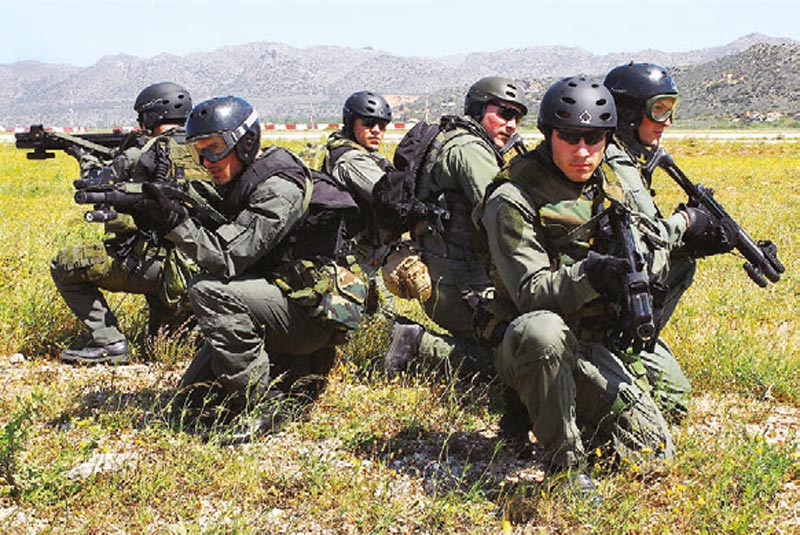
In addition to modified internals for high-pressure ammunition, this model also has ambidextrous sling mounts and a rubber padded four-position retractable buttstock. Official HK designation for the model is MP5E2, examples of which have been sold to U.S. law enforcement agencies and others. Once the design was finalized, the MP5F was produced in France by MAS (Manufacture d’armes de Saint-Etienne) for domestic use.
Of the foreign-built MP5s, I am most familiar with those produced originally by EBO but more recently by EAS (Ellinika Amyntika Systmata). The most interesting feature of the Greek MP5 is a crossbolt that prevents selecting the full-auto fire position unless it is pushed through. Some EAS weapons in use with U.S. law enforcement agencies have replaced the factory trigger group with one eliminating the crossbolt. At one point, the Greek MP5 was marketed as the EMP5. Sources state that the only Greek versions were in MP5A2 and A3 configuration.
The other foreign version with which I am very familiar is the POF (Pakistan Ordnance Factory) one. U.S. troops encountered many of these in Iraq and Afghanistan. Quite a few were also imported into the United States. My experience, though limited, is that the POF MP5s are very reliable. Others with more experience rate them as the best of the MP5 foreign clones.
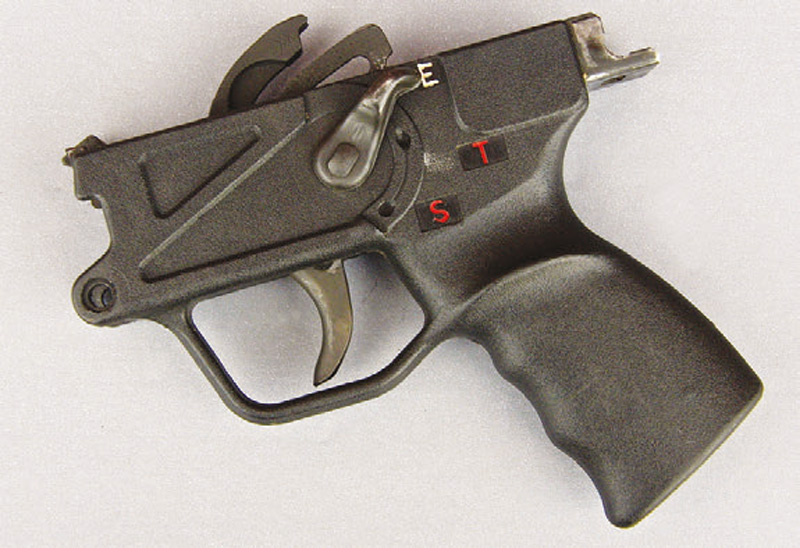
Sometimes Pakistani MP5s will be seen with the designations MP5P2, MP5P3, MP5P4, or MP5P5. Substitute an “A” for the “P” to easily ID the model. The P4 and P5 versions are the same as the P2 and P3 but with a burst control trigger group. These SMGs are easily identified by the ”POF” marking atop the receiver. Trigger groups I’ve seen on POF guns are marked S-E-F.
I have also examined Turkish MKE MP5s, though I don’t remember firing one. MKE (Makina ve Kimya Endustrisi) produces two versions of the MP5 on license—the MP5A3 and the MP5K. The guns are virtually identical to the German-produced versions, though the trigger group is marked E-T-S.
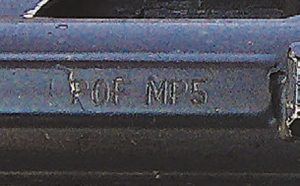
Turkish MP5s are most often seen in the United States as either the AT94- A2 carbine with a 16.25-inch barrel or the MKE 94K pistol, which is basically a semi-auto MP5K without a stock to prevent it from being classified as an SBR (short-barreled rifle). However, some MKE 94K pistols have been registered as SBRs and a stock added.
I believe some AT94-A2 carbines were imported with the capability to take only ATI (American Tactical Imports) 10-round magazines. I don’t know if all were. I have seen MKE 94K pistols that took regular MP5 magazines and have seen some registered as SBRs using standard 30-round magazines. Based on the couple of people I know who had MKE 94K pistols and/or 94K SBRs, they were considered good quality. Last I heard they were no longer being imported.
I have neither handled nor seen any of the Iranian MP5 copies. Sometimes known as the Tondar, the MPT9 has a telescoping stock, while the MPT9-S has a fixed solid stock. Based on comments from the U.S. special ops guys who encountered them in Afghanistan, the Iranian copies are of lower quality than most others.
Saudi Arabian MP5s were produced on license at Military Industries Corporation. They reportedly use the standard S-E-F trigger group but with green selector switch markings rather than red. The side of the receiver has Arabic script. MP5s are used by the Saudi Royal Guard, among others.
Enlisted personnel have silver-plated MP5s and officers gold-plated MP5s. As I understand it, these were produced by HK rather than locally. HK has traditionally offered plated MP5s for some Middle Eastern countries. The MP5 is a popular personal weapon in Saudi Arabia with the Bedouins, who may be among the customers for the locally produced weapons.
At Norinco, China has produced unlicensed copies of the MP5 designated the NR08. These are reportedly copies of Pakistan Ordnance Factory guns that were imported into China in the past. But unlike POF MP5s, the NR08 uses the pictographic version of the trigger group. These clones have established a market in the Philippines.
I haven’t mentioned the MP5 copies produced under license in Mexico and the Sudan, as I have no knowledge of them other than that they exist. Royal Small Arms in the U.K. also produces MP5s for local use. I assume this includes the MP5SF semi-auto issued to armed police throughout the U.K.
When I was working on my recent book on the MP5, I found the various foreign-made MP5s an interesting topic. In addition to general interest, it’s useful to know that an MKE MP5 might have the crossbolt to allow full-auto fire. One of you reading this might encounter one somewhere. When I used to work in odd places, it was amazing what weapons I encountered and needed to know how to use.
Knowing that those who have used them didn’t like the idea of trusting their life to an Iranian MP5 might be useful too. Personally, I wouldn’t trust my life to an Iranian anything, certainly not a nuclear arms treaty!
